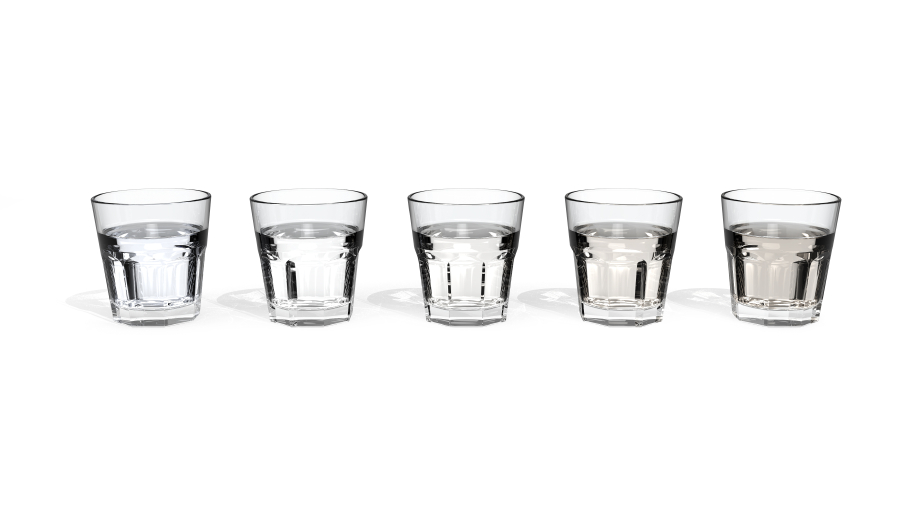Of 67 samples taken this month, 52 private wells showed unsafe levels of perfluorooctanoic acid, Vermont officials said. Known as PFOA, perfluorooctanoic acid is used in various industrial and commercial products.
The state plans to conduct soil samples starting Wednesday and has scheduled a community meeting to discuss findings and concerns. Public water supplies in North Bennington and nearby Bennington aren't in danger, and only private wells have been found to be contaminated, officials said.
Concerns about PFOA contamination in Vermont join growing worry about PFOA contamination near a factory in Hoosick Falls, N.Y., and reports of PFOA contamination near a plant in Merrimack, N.H.
Saint-Gobain Performance Plastics Corp. operates the plants in Hoosick Falls and Merrimack, and used to operate the plant in North Bennington. In a statement, the Aurora, Ohio, company said it was cooperating with officials in all three states and is doing its own testing. The company said it isn't required to do so since the EPA hasn't ruled PFOA "to be a regulated or hazardous substance." It also said none of its facilities now use PFOA.
In the recent water tests, elevated PFOA levels in samples ranged from 38 parts per trillion to 2,730 parts per trillion, according to the state officials. The Vermont Department of Health has determined 20 parts per trillion to be acceptable for drinking water, though the U.S. Environmental Protection Agency has advised that 100 parts per trillion is safe.
Vermont health officials say high PFOA levels in blood can cause problems for a person's heart, liver, and kidney. Research has found a correlation, but not a cause-and-effect relationship, between high PFOA levels in the blood and high blood pressure, immune-system problems and various cancers, according to the Vermont Health Department.
Vermont's PFOA issue comes as upstate New York grapples with its own water-contamination crisis in Hoosick Falls, a small town near the New York-Vermont border and just about 6 miles west of North Bennington. Gov. Andrew Cuomo's administration in January declared parts of Hoosick Falls to be a state Superfund site, classifying the levels of PFOA found in the water supply as hazardous and authorizing its removal.
Mr. Cuomo visited Hoosick Falls on Sunday and announced that tests showed PFOA had been removed but residents are still advised not to drink the water yet. Hoosick Falls residents previously criticized his administration for moving too slowly to address their concerns.
The New York state health commissioner recently blamed shifting federal guidelines on safe levels of PFOA for the lag in the state's response. An EPA spokesman said Tuesday that the agency is "currently using the best science" to develop guidelines for state and local governments on what levels if any of the chemical are safe.
Mr. Cuomo last month also announced a new state panel aimed at responding rapidly to concerns about water quality around New York. Traces of the chemical also have been recently found near Merrimack, N.H.
Last week, Messrs. Cuomo and Shumlin and New Hampshire Gov. Maggie Hassan, all Democrats, sent a letter to EPA Administrator Gina McCarthy asking it to review the safety of PFOA.
"It is clear that PFOA contamination is not a state problem or a regional problem-it's a national problem that requires federal guidelines and a consistent, science-based approach," the governors wrote.













 Vermont officials testing samples at drinking-water wells in North Bennington, Vt., found widespread contamination on properties near a closed chemical plant, Gov. Peter Shumlin announced on Tuesday.
Vermont officials testing samples at drinking-water wells in North Bennington, Vt., found widespread contamination on properties near a closed chemical plant, Gov. Peter Shumlin announced on Tuesday.